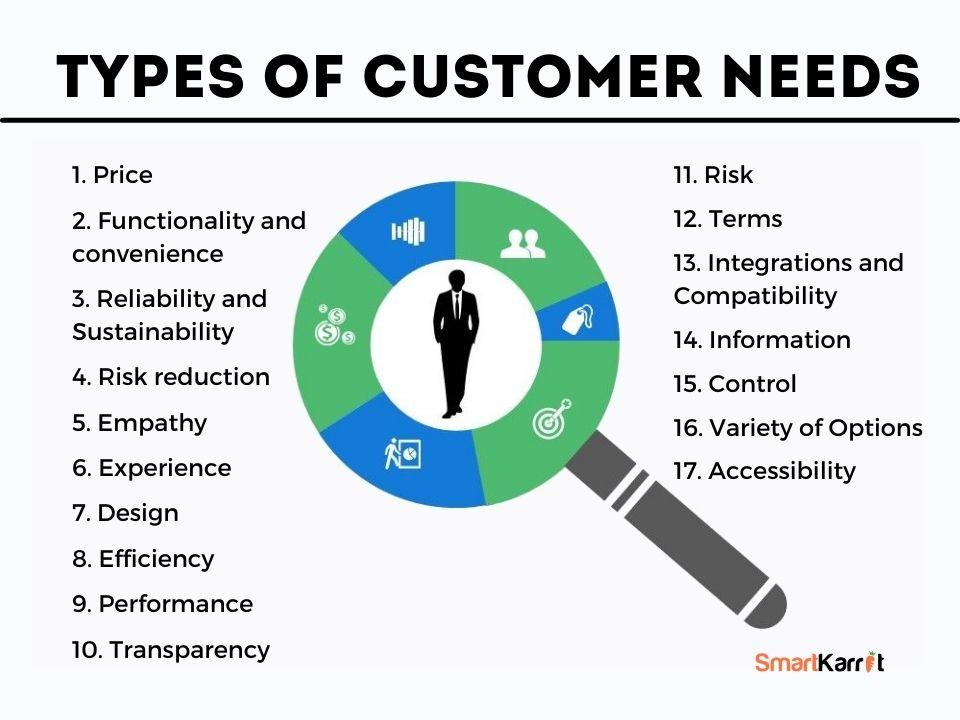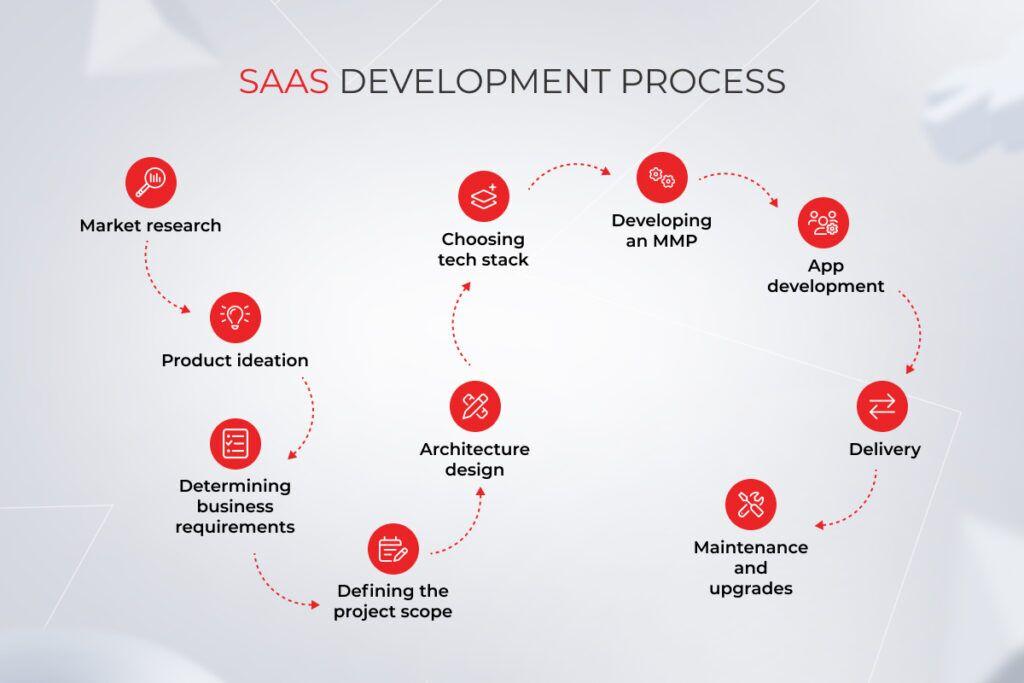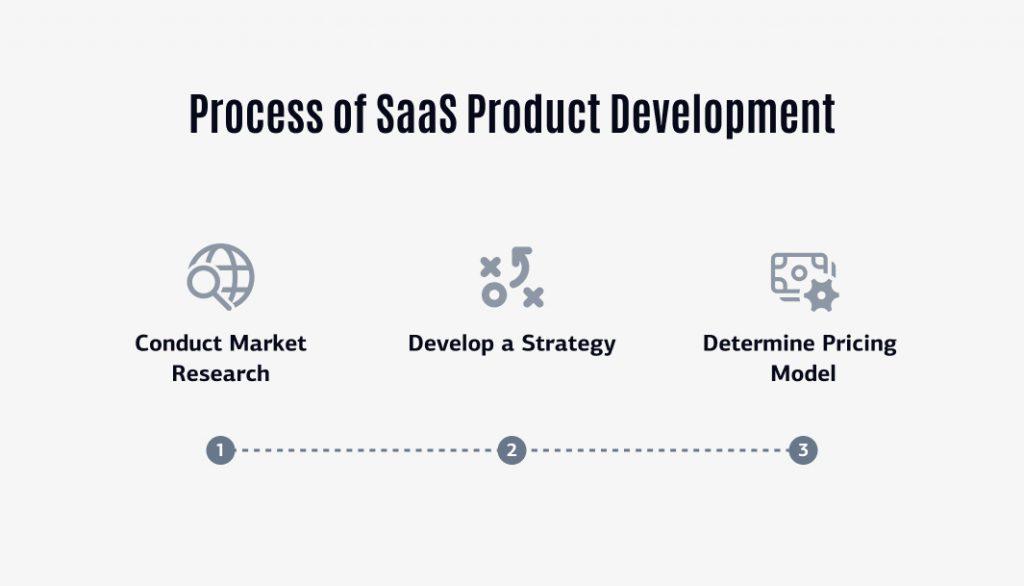Crafting the Future: A Guide to SaaS Product Development
In a world where technology evolves at breakneck speed, the demand for agile solutions has never been greater. Software as a Service (SaaS) has emerged as a game-changer, offering businesses the flexibility and efficiency they need to thrive in a digital landscape. Yet, amidst the excitement of endless possibilities, the journey from idea to product is fraught with challenges. How do you transform a vision into a robust SaaS offering that not only meets market needs but also stands the test of time? This guide delves into the essential elements of SaaS product development, illuminating the path from concept to launch. By exploring best practices, frameworks, and strategies, we aim to empower innovators and entrepreneurs to craft the future of technology—one dynamic application at a time. Join us as we navigate the intricacies of building successful SaaS products that resonate in an ever-evolving ecosystem.
Understanding Customer Needs and Market Trends
To create a successful SaaS product, understanding the intricate web of customer needs and market trends is crucial. It’s not enough to simply have a great idea; you must delve into the psyche of your potential users. This involves conducting thorough market research, employing surveys, and analyzing user feedback to identify both explicit and latent needs. A few essential areas to explore include:
- Identifying Pain Points: Understand the challenges your target audience faces.
- Usage Patterns: Observe how your customers engage with similar services.
- Market Gaps: Look for underserved segments that your product could address.
Moreover, staying attuned to the macro and micro trends that influence your industry is equally important. This awareness allows you to pivot your product development strategies accordingly. For a comprehensive perspective, consider organizing your insights into a table that highlights key trends and their implications:
| Trend | Implication |
|---|---|
| Remote Work Adoption | Focus on collaboration tools and integrations. |
| Increased Data Privacy Concerns | Emphasize robust security features. |
| AI and Automation | Incorporate intelligent features to enhance user experience. |

Essential Technologies for Building Scalable SaaS Solutions
In the journey of developing scalable SaaS solutions, selecting the right technologies is pivotal. Cloud platforms such as AWS, Azure, and Google Cloud offer unparalleled scalability and reliability, allowing businesses to scale their infrastructure effortlessly as user demand grows. Additionally, leveraging containerization technologies like Docker and orchestration tools such as Kubernetes can streamline deployment processes, ensuring your applications are resilient and easily manageable. These technologies work harmoniously to create a robust environment for application hosting, facilitating quick iterations and updates without downtime.
Furthermore, integrating database systems that can handle large volumes of data, such as PostgreSQL or MongoDB, is crucial for maintaining performance as your user base expands. To enhance collaboration and version control during development, utilizing DevOps tools like Jenkins and Git is essential. Additionally, employing API management platforms such as Apigee or Kong can ensure seamless integration with third-party services, offering flexibility and enhanced functionality to your SaaS product. By blending these essential technologies, you can architect a scalable and dynamic solution that adapts to market demands.

Designing User-Centric Interfaces for Maximum Engagement
In the fast-paced world of SaaS, creating interfaces that prioritize user needs is essential for fostering engagement and enhancing satisfaction. This begins with understanding the target audience through thorough user research, which informs design decisions. Engaging users involves a clean, intuitive layout that minimizes cognitive load, allowing them to navigate seamlessly. Important elements to consider include:
- Consistent Visual Hierarchy: Utilize design principles to guide attention.
- Responsive Design: Ensure usability across various devices.
- User Feedback Mechanisms: Incorporate intuitive ways for users to provide insights.
Additionally, user-centric design thrives on iteration and testing. Implementing A/B testing can reveal valuable preferences, leading to informed adjustments that enhance user interaction. Consider categorizing interface components to streamline updates and improvements:
| Component Type | Purpose | Examples |
|---|---|---|
| Buttons | Call to Action | Sign Up, Subscribe |
| Forms | Data Collection | Contact, Feedback |
| Icons | Visual Cues | Home, Settings |
By continuously refining these elements and seeking direct input from users, SaaS products can create lasting connections that lead to increased loyalty and prolonged engagement.

Best Practices for Testing and Iterating Your SaaS Product
Testing and iterating your SaaS product is essential for ensuring it meets user needs and remains competitive. Start by gathering comprehensive feedback from your users, which can be achieved through a variety of methods such as surveys, interviews, and usability tests. Prioritize collaboration with your user base by creating communities or forums where they can express their thoughts and suggestions. This feedback loop allows you to identify pain points and feature requests that can guide your development efforts effectively.
Moreover, adopting a robust testing framework will enable you to assess new features and updates systematically. Incorporate techniques like A/B testing, where you can analyze the performance of different versions of your software. Additionally, ensure your development cycles are short, allowing for frequent releases and quick adjustments. Consider maintaining a roadmap that highlights upcoming features, improvements, and timelines. This transparency not only builds trust with your users but also aligns your team’s objectives and keeps everyone focused on delivering value.
| Testing Method | Description |
|---|---|
| Usability Testing | Evaluating the product with real users to identify usability issues. |
| A/B Testing | Comparing two versions of a feature to determine which performs better. |
| User Surveys | Collecting user feedback through structured questionnaires. |
Wrapping Up
As we wrap up our journey through the intricate landscape of SaaS product development, it’s clear that innovation is both an art and a science. The tools and strategies we’ve explored will empower you to craft solutions that not only meet the demands of today but also anticipate the needs of tomorrow.
In this dynamic arena, remember that adaptability and user-centric design are your beacons. Your SaaS product isn’t just lines of code; it’s a bridge connecting users to their aspirations. As you embark on this endeavor, keep an ear to the ground for evolving technologies and a heart open to feedback.
The future is a canvas awaiting your creative touch—embrace it with courage and commitment. With the insights gained from this guide, you’re equipped not only to build products but to foster experiences that resonate. So, go forth and craft a future that inspires, solves problems, and reshapes the way we interact with technology. The journey is just beginning, and the possibilities are endless.



